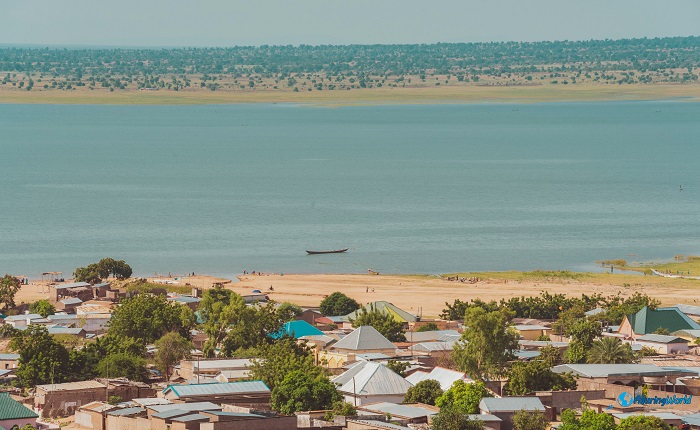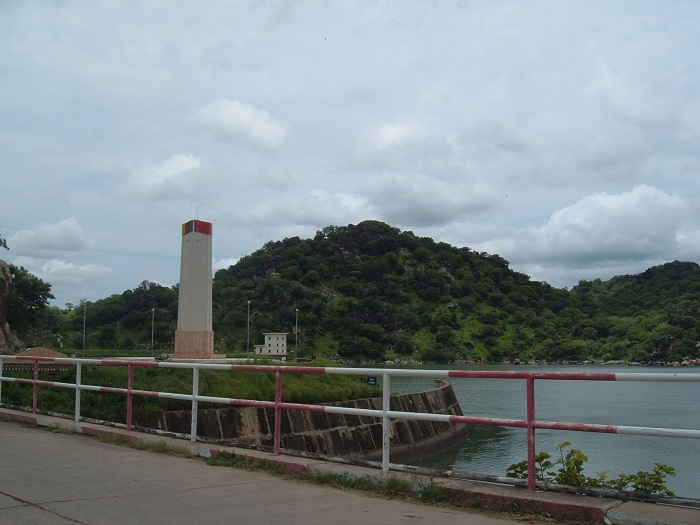Lagdo Reservoir is an artificial lake that is considered to be a prominent feature and is located in the North Region of the northern half of the Republic of Cameroon. This vast man-made lake that covers an area of approximately 586 sq km (226 sq mi) is a crucial water resource for the region and plays a significant role in the local economy and ecology, and as the reservoir is located about 50 km (31 mi) south of the town of Garoua, the capital of the North Region, it is relatively accessible for those who wish to visit it.
The creation of Lagdo Reservoir dates back to the late 1970s when the Cameroonian government, with financial and technical assistance from international partners, embarked on the ambitious Lagdo Dam project. The dam was completed in 1982 and one of the main reasons for its creation was primarily to regulate the flow of the Benue River, which had been prone to seasonal flooding that caused significant damage to crops, infrastructure, and settlements in the region. The dam’s secondary purposes included generating hydroelectric power and providing water for irrigation, thus boosting agricultural productivity in the arid northern regions of Cameroon.
The construction of the Lagdo Dam and the subsequent creation of the reservoir were driven by the need to enhance the economic development of northern Cameroon, and by controlling the Benue River’s flow, the reservoir has helped mitigate the risk of floods, which historically devastated local communities and farmlands. Additionally, the hydroelectric power generated by the dam contributes to the national grid, supplying electricity to Garoua and other towns in the region, thus facilitating industrial activities and improving the quality of life for residents.
Today, Lagdo Reservoir holds immense importance for the local communities and the broader region because the reservoir’s waters support a thriving fishing industry, which provides a livelihood for thousands of people living in nearby villages. The fertile lands surrounding the reservoir have also been transformed into productive agricultural zones, where crops such as rice, maize, and vegetables are cultivated using irrigation from the reservoir, and it has greatly improved food security in the region and reduced the dependence on rain-fed agriculture, which is often unreliable in the semi-arid climate.
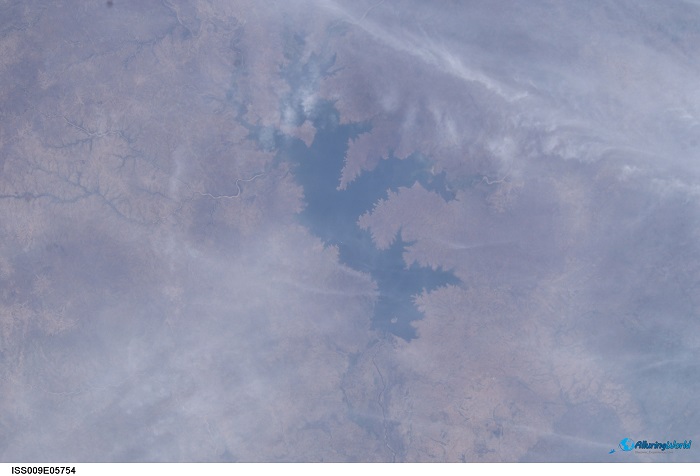
In addition to all these details, Lagdo Reservoir is not only a vital resource for the region’s economy but also a site of natural beauty that attracts visitors, particularly those interested in eco-tourism and birdwatching. The reservoir’s vast expanse of water and the surrounding wetlands are home to a diverse array of bird species, making it a popular destination for bird enthusiasts, additionally, the serene environment and picturesque landscapes offer a peaceful retreat for those looking to escape the hustle and bustle of urban life.
Visiting Lagdo Reservoir, however, requires careful planning due to its remote location and the challenges posed by the region’s infrastructure. The reservoir is accessible by road from Garoua, with the journey typically taking about an hour, however, the roads leading to the reservoir can be rough and are best navigated with a four-wheel-drive vehicle, especially during the rainy season when conditions can deteriorate. While the journey may be challenging, the destination is rewarding, offering stunning views of the expansive water body and the surrounding landscapes.
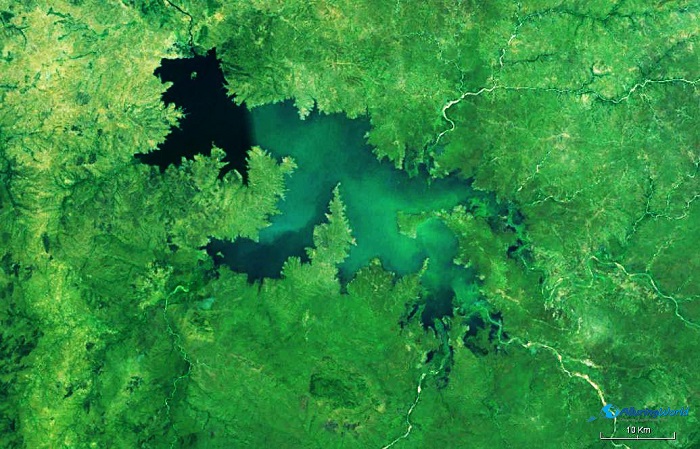
For those considering a visit, it is essential to be aware of the potential dangers associated with the reservoir. While the area is generally safe, the reservoir’s waters can be hazardous due to strong currents, especially near the dam, so swimming is not advisable, and visitors should take care when engaging in water-based activities. In addition, there have been reports of crocodiles in the reservoir, so caution is advised when approaching the water’s edge, and it is also important to be mindful of the local climate, as the region can experience extreme temperatures, particularly during the dry season. Visitors should come prepared with adequate supplies of water, sun protection, and appropriate clothing.
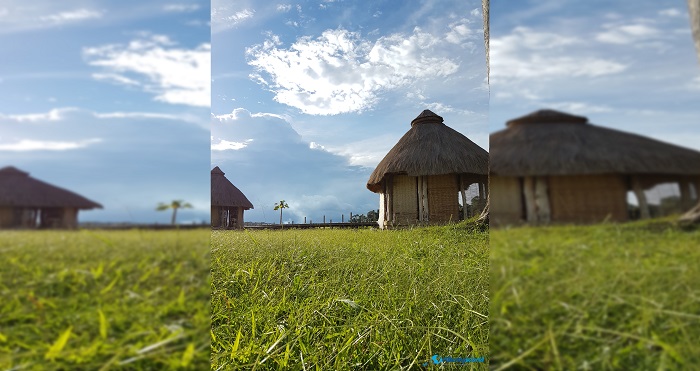
Despite these challenges, Lagdo Reservoir remains a significant and fascinating destination for those interested in exploring Cameroon’s natural and cultural heritage. The reservoir’s creation has had a profound impact on the region, transforming the landscape and supporting the livelihoods of thousands of people, and its importance today cannot be overstated, as it continues to play a crucial role in the region’s economy, ecology, and energy supply.
In conclusion, Lagdo Reservoir is a testament to Cameroon’s efforts to harness its natural resources for economic development while also providing a vital lifeline to the communities in the northern regions. While visiting the reservoir may require some effort and caution, the experience of witnessing this vast man-made lake and its surrounding beauty is well worth the journey, and for those who make the trip, Lagdo Reservoir offers a unique glimpse into the intersection of nature, culture, and modern development in one of Cameroon’s most intriguing regions.


